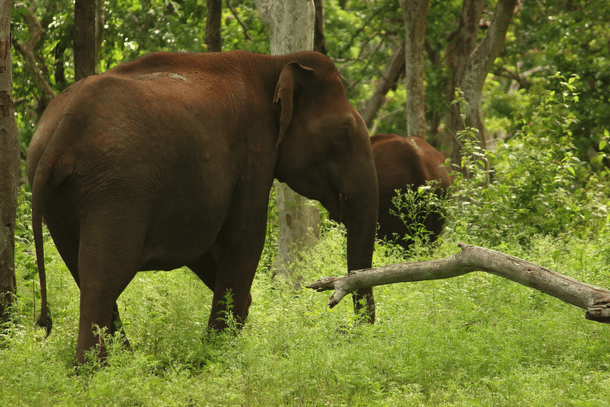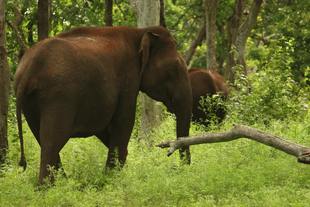Insta
Elephant Census Underway In Karnataka, Kerala And Tamil Nadu
Swarajya News Staff
May 19, 2023, 01:01 PM | Updated 01:01 PM IST
Save & read from anywhere!
Bookmark stories for easy access on any device or the Swarajya app.


After a gap of six years, a three-day synchronised elephant census is underway in Karnataka, Kerala and Tamil Nadu.
A synchronised census has been decided to avoid double-counting as the elephant habitats often stretch over two states.
Forest officials will use block counts, dung density transects, and waterhole counts to estimate the elephant population. In the block counts method, the officials select forest areas of 4-5 sq km and record the number of elephants present.
In the dung density method, photographs are taken and GPS location is recorded of fresh elephant dung. The dung decay rate is then assessed to estimate the number of elephants in a particular area.
The waterhole method would be used for identifying the sex and counting the number of elephants.
The census comes after the celebration of 'Gaj Utsav' last month to commemorate 30 years of Project Elephant.





